
Blaine101
gamer level 7
22195 xp
22195 xp
followers
21
21
Use my invite URL to register (this will give me kudos)
https://boardgaming.com/register/?invited_by=blaine101
profile badges




recent achievements

El Dorado
Explore select games by completing a series of exploration actions ...learn more »
Explore select games by completing a series of exploration actions ...learn more »

Stone of the Sun
Explore select games by completing a series of exploration actions ...learn more »
Explore select games by completing a series of exploration actions ...learn more »

Rosetta Stone
Explore select games by completing a series of exploration actions. learn more »
Explore select games by completing a series of exploration actions. learn more »

Explorer - Level 5
Earn Explorer XP to level up by completing Explorer Quests!
Earn Explorer XP to level up by completing Explorer Quests!

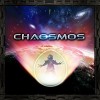

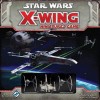
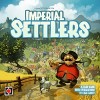

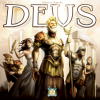

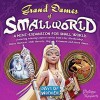


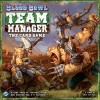





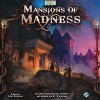























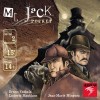












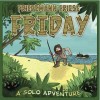
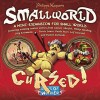















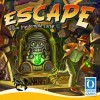








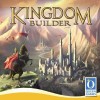




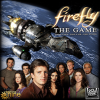







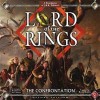


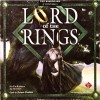















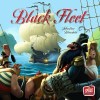





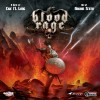







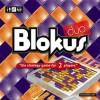
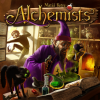



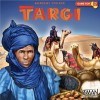







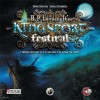


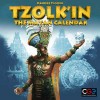
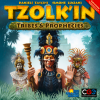

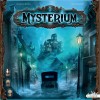
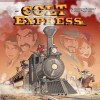


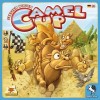






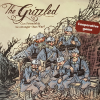





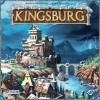




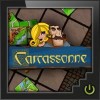



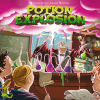


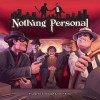


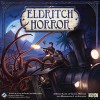
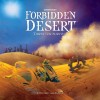

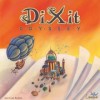











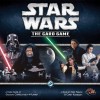
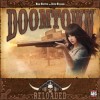


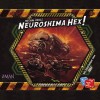







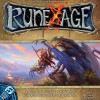



















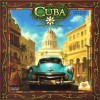
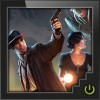
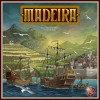












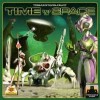
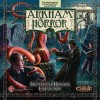






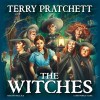










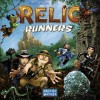
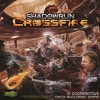









Imperial Settlers
Only Imperial Stormtr … ahem … Settlers are so precise.
Imperial Settlers is a cute card driven civilisation building game. At the beginning the turns are fast and easy and before you know it you are in round 4 and a vigorous fight with your opponent who just destroyed one of your most helpful buildings. Aaaaaargh! My Empire will strike back!
Components:
The card qualitiy is quite good and the artwork is beautiful. The resources are part wood, part good cardboard. Nothing to complain here. Same with the four different faction boards and the score board. Impressive, most Impressive.
Gameplay:
The game is played in five rounds and every round each player gets new cards. One from the own faction deck and the rest is drafted. A card from the common deck is layed out for each player and everybody chooses one going clockwise. Then again the other way around with a new set of cards.
Then all the already played production cards (and the main player boards) produce goods which will be needed in the next Phase: The Action Phase which is the main part of the game.
Going around each player takes actions which can be playing cards in different ways, activating already played cards, destroy cards (from your hand or from your opponents soon burning city) or spend workers to get resources. In the first rounds there is not much to do but later when you civilisation has become a little empire you have a lot to combine and activate everytime it’s your turn.
You should use all your resources during one round because at the end of each of the five rounds all resources get discarded (exept for one special resource per faction).
After five rounds the game ends and the player with the most points is the winner.
Replay Value:
Alone with the four factions in the Base set you have enough to experience to have a lot of fun. But there are more factions coming in the future.
Pros:
– each faction plays quite different
– beautiful cute artwork
– enough player interaction
Cons:
– downtime in later rounds (especially with 4 players)
– artwork maye too cute for heavier civ-players?
Last Words:
Thank you Ignacy Trzewiczek for a great little civilisation building game. Hope for a lot of new factions soon.
Best wishes,
Blaine101